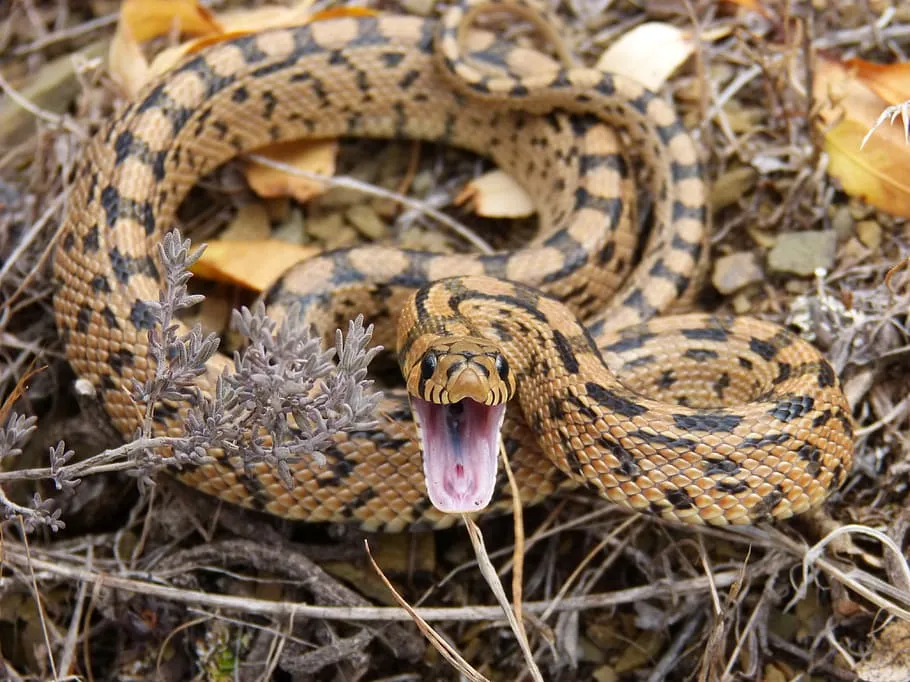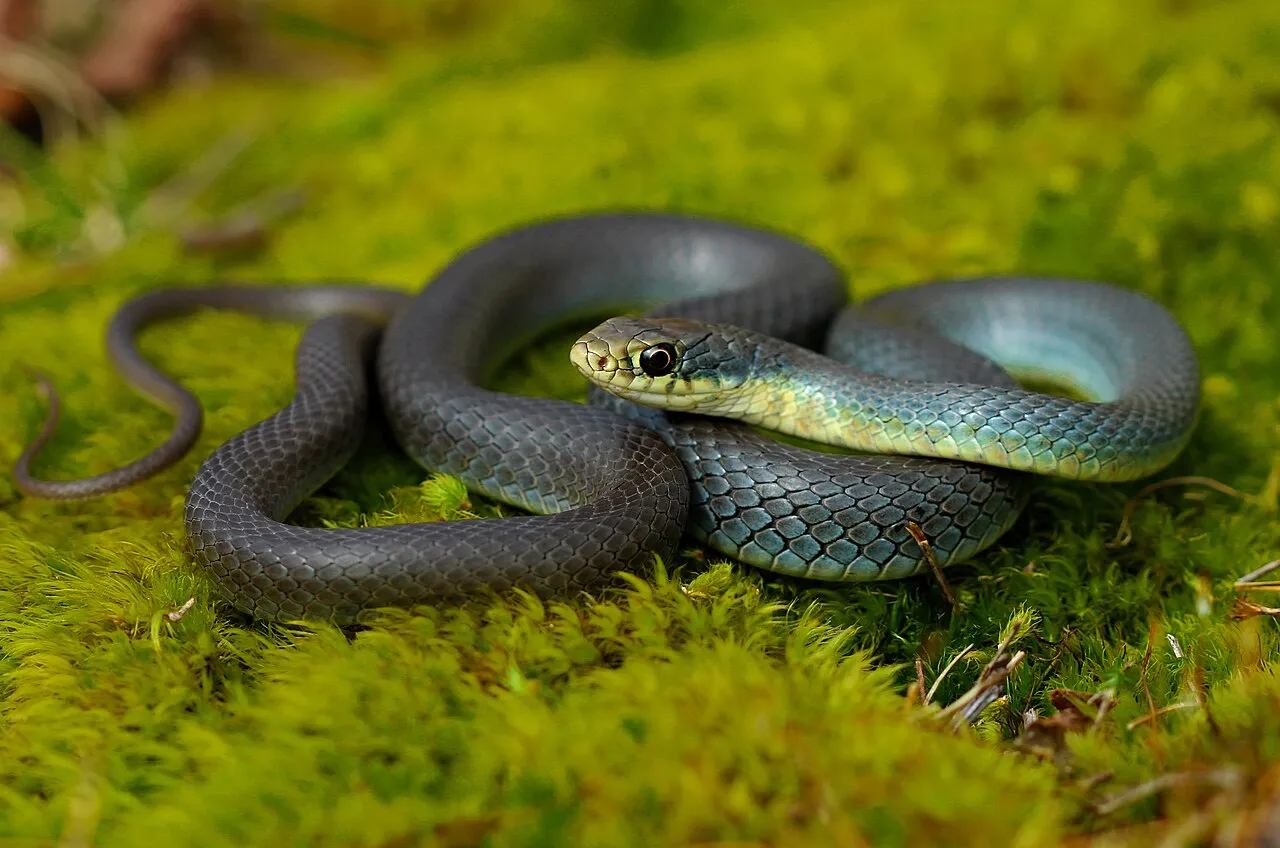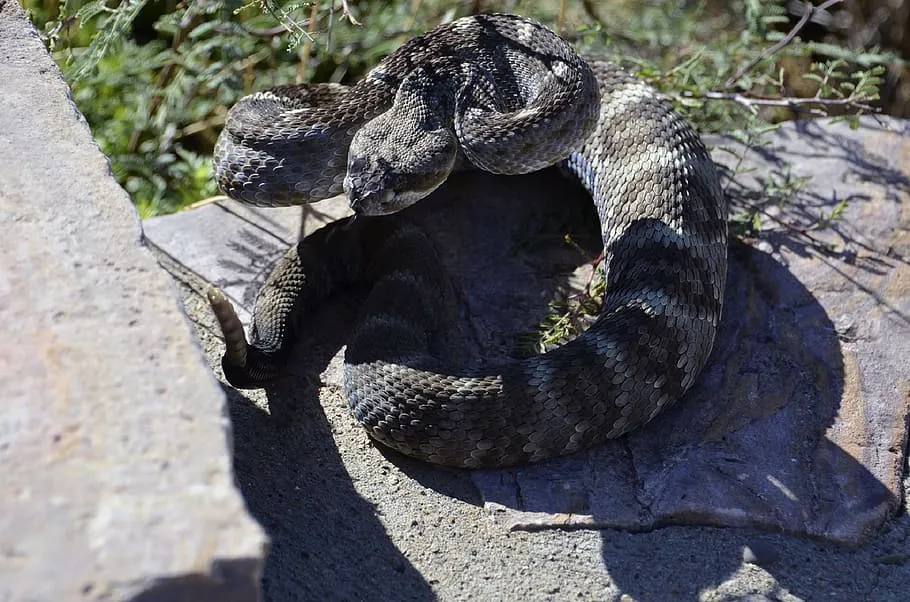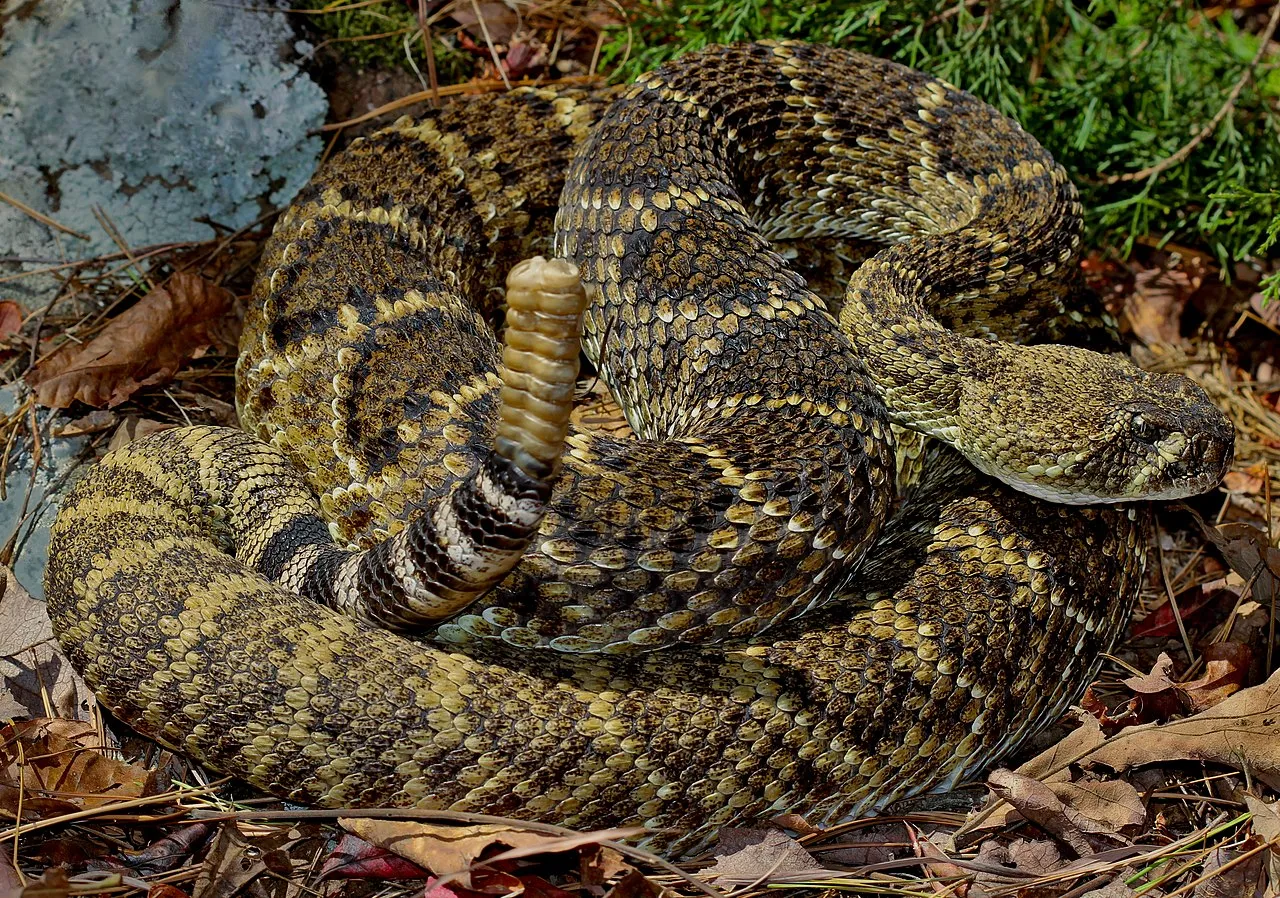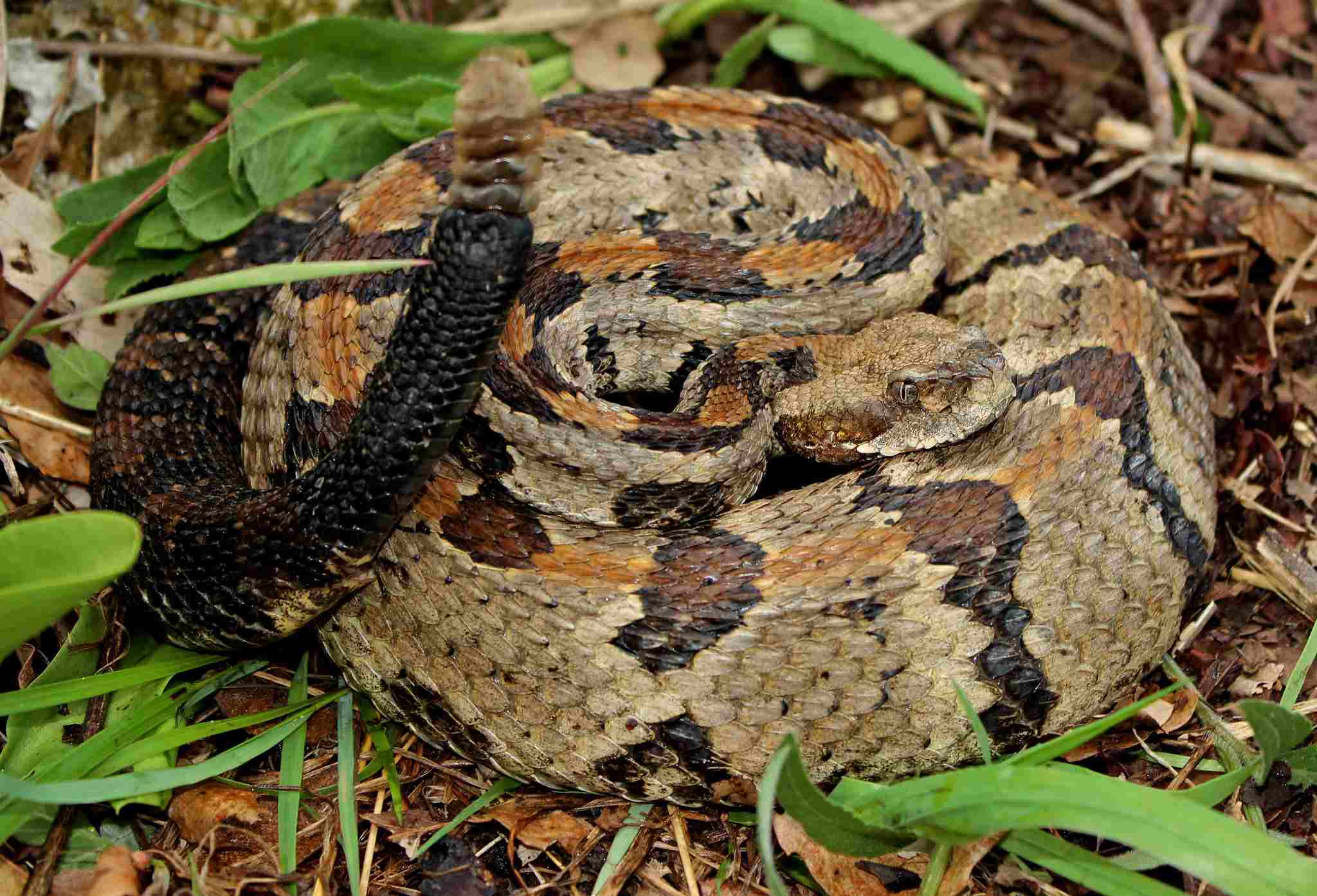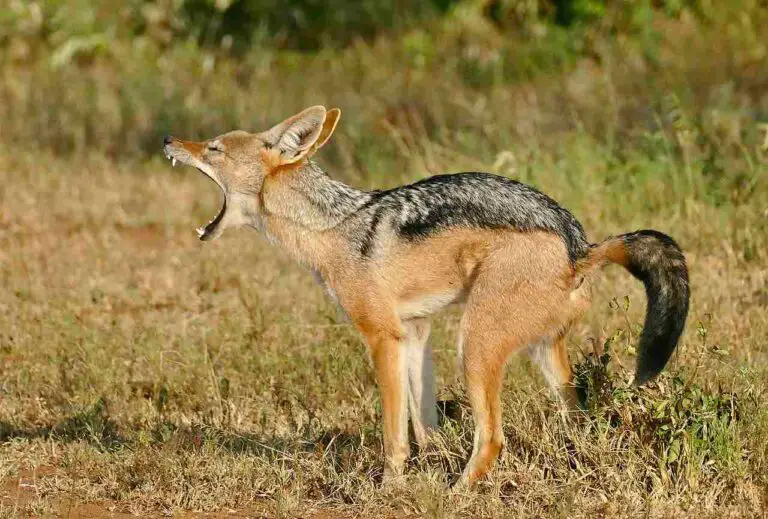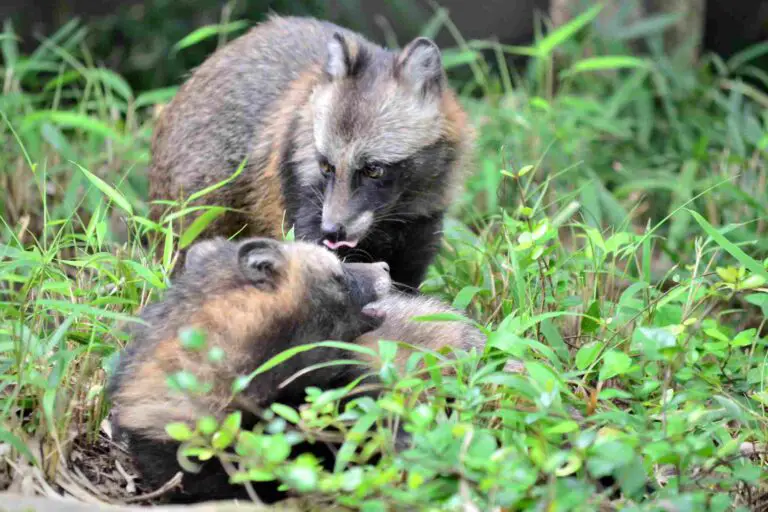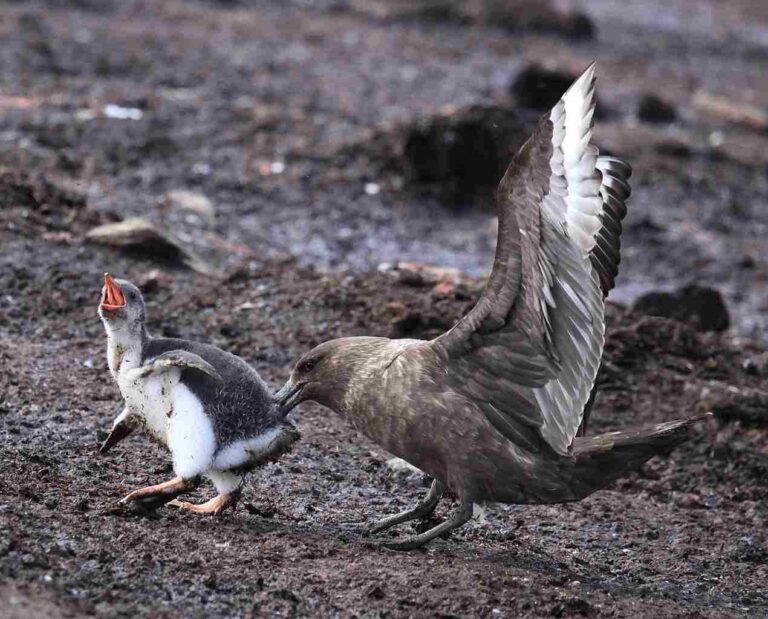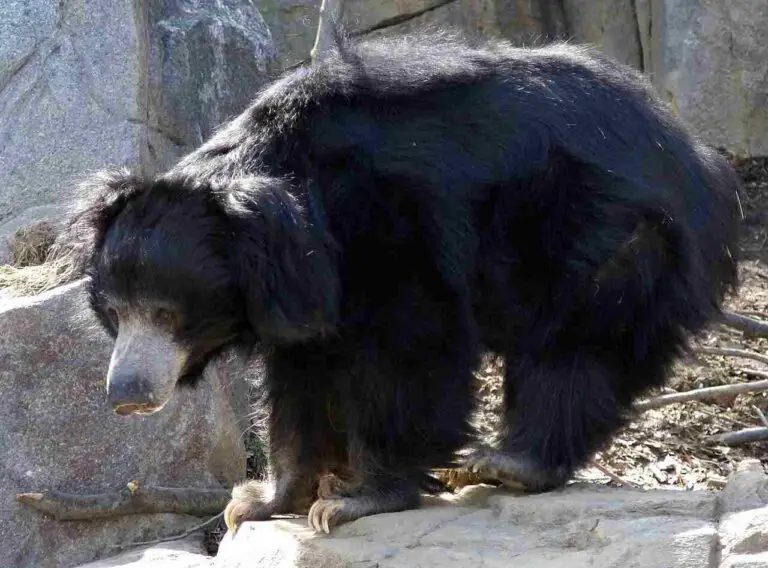Timber Rattlesnake Venomous Potency, Facts, Description
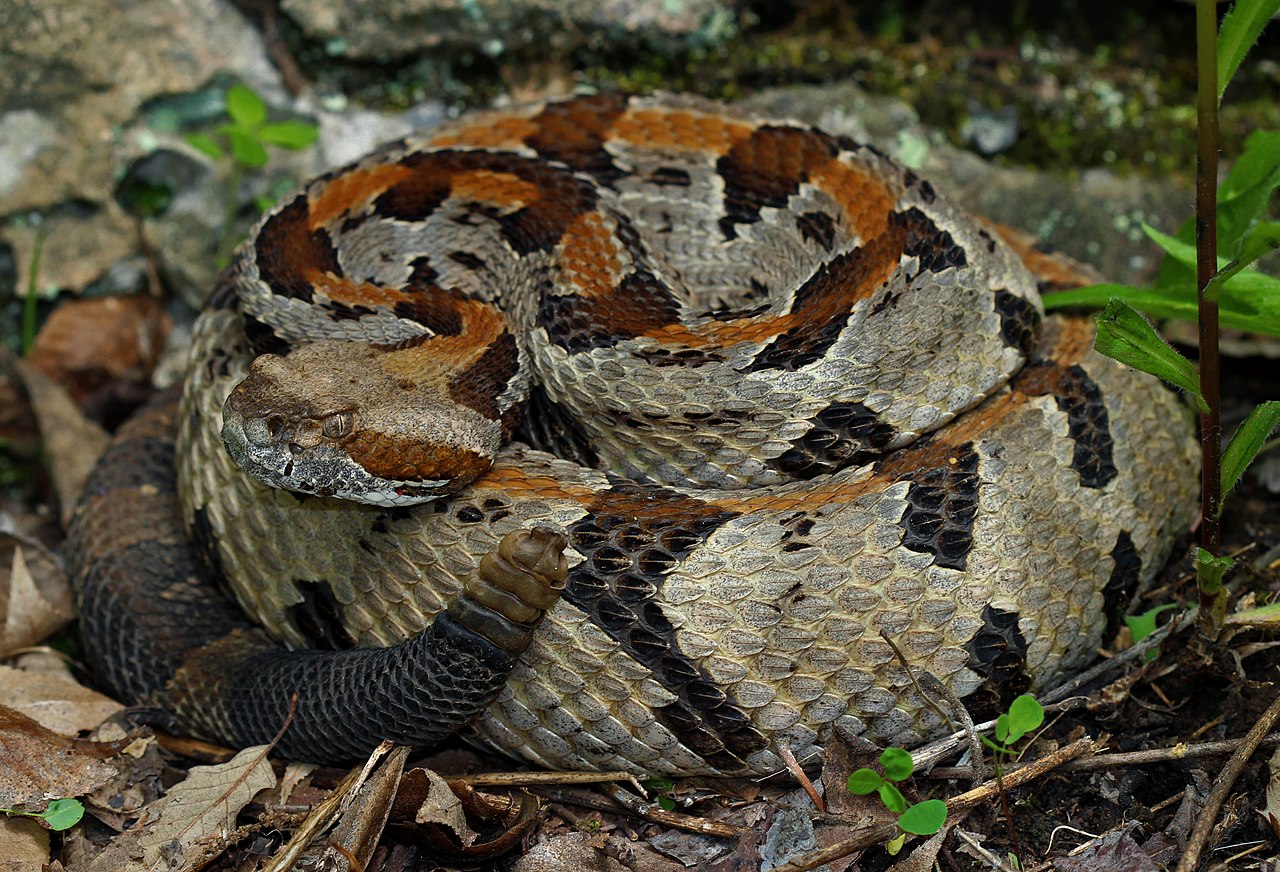
*Facts About Timber Rattlesnake
- Timber rattlesnakes belong to the Animalia kingdom.
- They have distinct subspecies with unique traits.
- Adults typically measure 3-5 feet in length and weigh 1-5 pounds.
- They have dark bands and a rattling tail for identification.
- Their hollow fangs deliver potent venom for prey capture.
- Venom potency influences prey immobilization.
- Their diet consists primarily of small mammals.
- They are nocturnal and solitary in behavior.
- Rattling serves as a warning signal.
- They prefer forested habitats with suitable cover.
- Timber rattlesnakes are widely distributed in the eastern U.S.
- Tracking signs aid in monitoring their movements.
- They reproduce ovoviviparously.
- They have a long lifespan, impacting ecosystem dynamics.
- Adaptations like camouflage enhance survival.
- Conservation efforts are crucial for their persistence.
- They are not suitable for domestication or as pets.
| Criteria | Summary |
| Scientific Classification |
Kingdom: Animalia; Phylum: Chordata; Class: Reptilia; Order: Squamata; Family: Viperidae; Genus: Crotalus; Species: C. horridus
|
| Subspecies |
Different subspecies exhibit unique traits, aiding in conservation and habitat management.
|
| Size and Weight |
Adults typically measure 3-5 feet in length and weigh 1-5 pounds, impacting prey selection and reproductive success.
|
| Appearance and Identification |
Distinctive features such as dark bands and rattling tail aid in identification and predator deterrence.
|
| Dentition and Bite Force |
Hollow fangs deliver potent hemotoxic venom, crucial for prey capture and defense.
|
| Venomous Potency |
Venom potency influences prey immobilization and survival strategies.
|
| Diet |
Prey primarily consists of small mammals, contributing to ecosystem balance.
|
| Behavior |
Nocturnal and solitary behaviors dictate habitat use and reproductive strategies.
|
| Sounds/Vocalization |
Rattling serves as a warning signal, reducing conflict and promoting survival.
|
| Habitat |
Preference for forested habitats with suitable cover and basking sites impacts distribution and survival.
|
| Geographic Range and Distribution |
Widely distributed in the eastern U.S., facing threats such as habitat loss and fragmentation.
|
| Tracks |
Tracking signs aid in monitoring population movements and habitat use.
|
| Reproduction |
Ovoviviparous reproduction impacts population dynamics and genetic diversity.
|
| Lifespan |
Long lifespan influences ecosystem functioning and community dynamics.
|
| Major Adaptations |
Adaptations such as camouflage and heat-sensing pits enhance survival in ecological niche.
|
| Conservation Status |
Conservation efforts are crucial to ensure persistence amid habitat loss and other threats.
|
| Domestication and Suitability as a Pet |
Not suitable for domestication or pet ownership due to wild nature and venomous characteristics.
|
1. Scientific Classification:
Kingdom: Animalia
Phylum: Chordata
Class: Reptilia
Order: Squamata
Family: Viperidae
Genus: Crotalus
Species: Crotalus horridus
2. Subspecies:
Details: Timber rattlesnakes (Crotalus horridus) have several recognized subspecies, including C. h. horridus, C. h. atricaudatus, and C. h. atricaudatus.
Importance: Subspecies differentiation can indicate variations in habitat preferences, behavior, and genetic diversity, crucial for conservation efforts.
Ecological Implications: Understanding subspecies can aid in managing habitat conservation and assessing population health across different geographic regions.
3. Size and Weight:
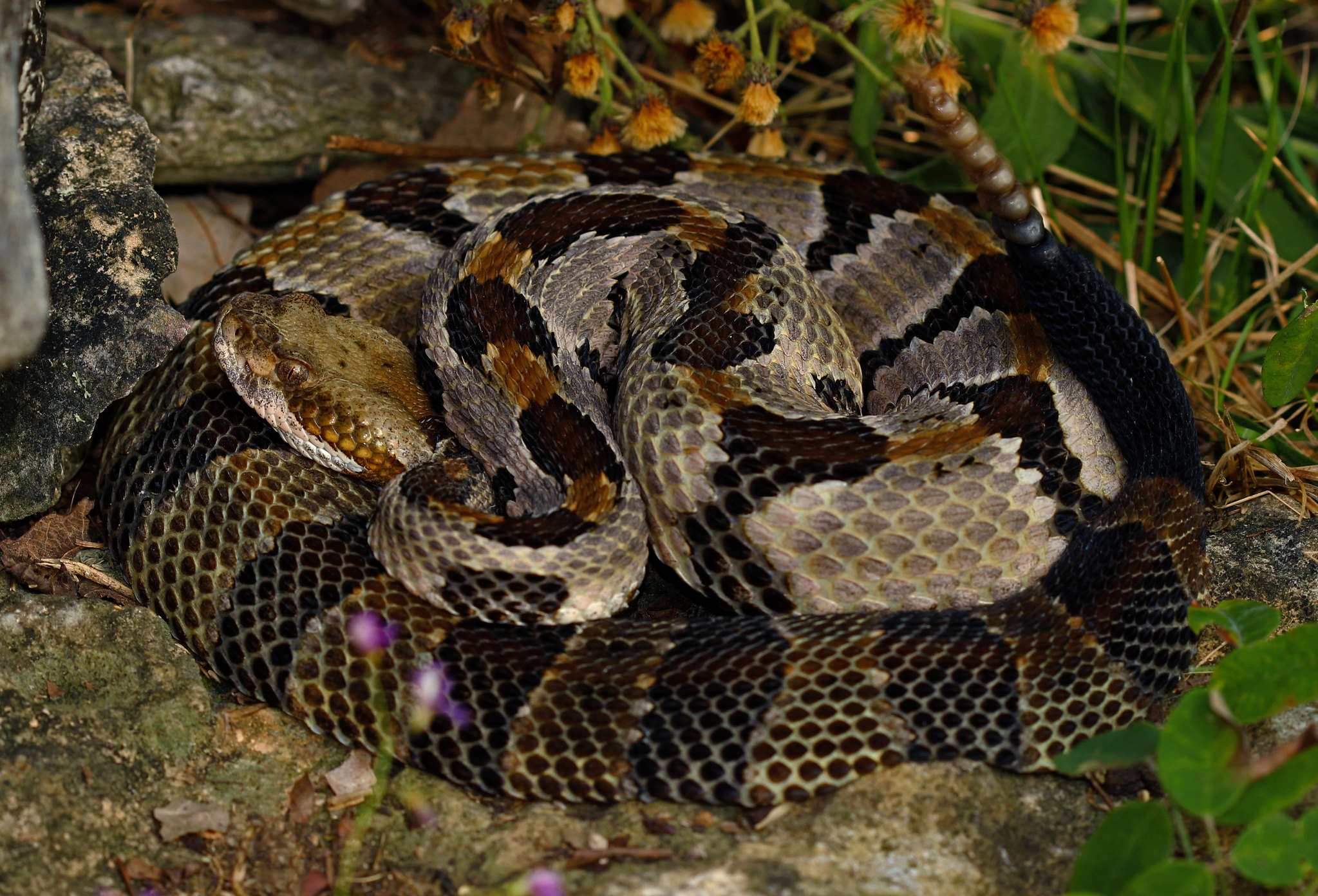
Details: Adult timber rattlesnakes typically range from 3 to 5 feet (0.9 to 1.5 meters) in length, with some individuals reaching up to 6 feet (1.8 meters). They can weigh between 1 to 5 pounds (0.5 to 2.3 kilograms).
Importance: Size and weight impact prey selection, reproductive success, and predator avoidance strategies.
Ecological Implications: As apex predators, timber rattlesnakes play a crucial role in controlling prey populations, maintaining ecosystem balance, and influencing trophic cascades.
4. Appearance and Identification:
Details: Timber rattlesnakes have distinctive dark brown or black chevron-shaped bands along their body, with a lighter brown or gray background color. Their tail ends in a rattle composed of interlocking keratin segments.
Importance: Unique appearance aids in species identification, crucial for accurate ecological studies and conservation efforts.
Ecological Implications: Mimicry or misidentification can impact predator-prey relationships and human perceptions, affecting conservation attitudes and management practices.
5. Dentition and Bite Force:
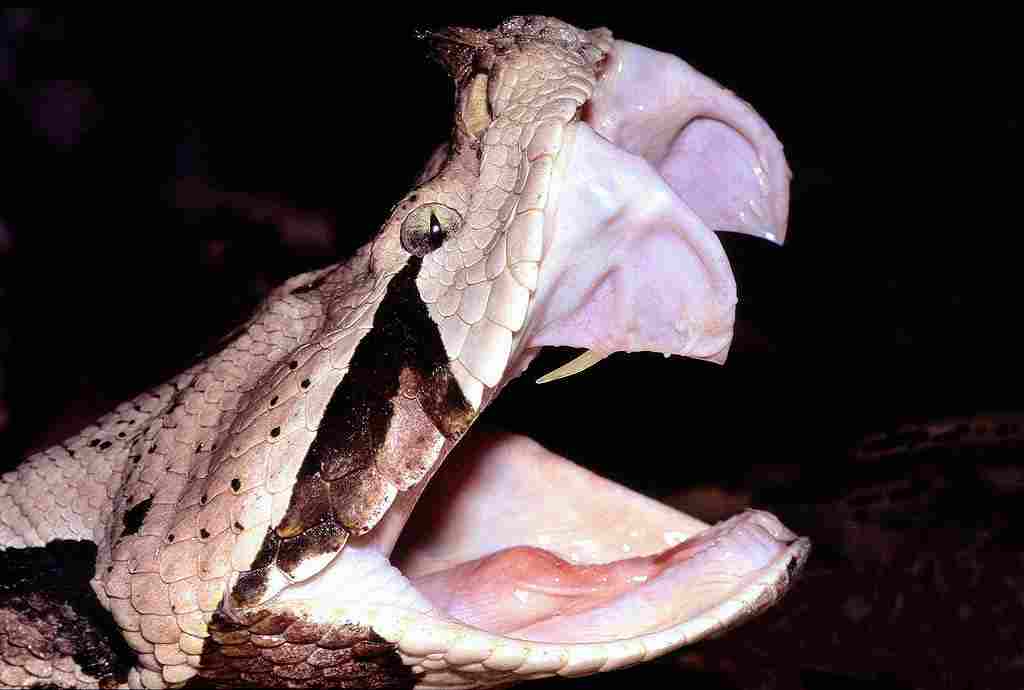
Details: Timber rattlesnakes possess hollow, retractable fangs located at the front of their upper jaw. They have a potent hemotoxic venom, delivered through their bite, which can immobilize prey.
Importance: Dentition and bite force are essential for hunting, defense, and prey immobilization.
Ecological Implications: Effective predation helps control prey populations, influencing community structure and ecosystem dynamics. Understanding bite potency is crucial for human safety and medical treatment in cases of envenomation.
6. Venomous Potency:
Details: The venom of timber rattlesnakes is hemotoxic, containing enzymes that break down tissue and disrupt blood clotting. While potentially dangerous to humans, fatalities are rare with prompt medical treatment.
Importance: Venom potency influences prey capture efficiency and defense against predators.
Ecological Implications: It plays a crucial role in regulating prey populations and shaping community dynamics within their ecosystem.
7. Diet:
Details: Timber rattlesnakes primarily prey on small mammals such as mice, rats, squirrels, and rabbits. They are ambush predators, lying in wait until prey passes nearby.
Importance: Diet composition affects energy acquisition, growth, and reproductive success.
Ecological Implications: By controlling rodent populations, timber rattlesnakes indirectly benefit vegetation and other prey species, contributing to overall ecosystem health.
8. Behavior:
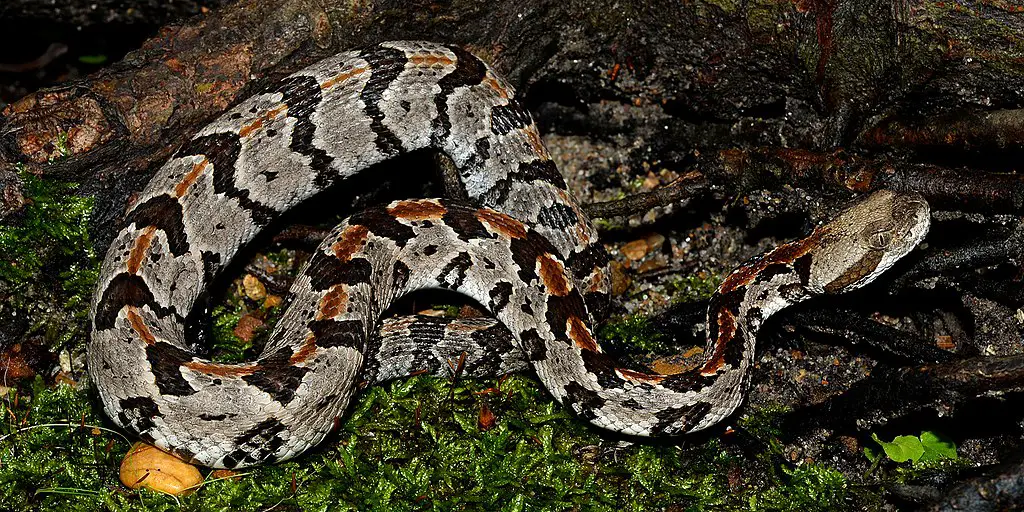
Details: Timber rattlesnakes are primarily solitary and nocturnal, preferring to bask in the sun during the day and hunt at night. They hibernate during colder months in communal dens.
Importance: Behavioral patterns dictate habitat use, thermoregulation, and reproductive strategies.
Ecological Implications: Understanding behavior aids in habitat management and mitigating human-wildlife conflicts, promoting coexistence and conservation efforts.
9. Sounds/Vocalization:
Details: Timber rattlesnakes produce a distinctive rattling sound by vibrating their tail segments against each other. This serves as a warning to potential threats.
Importance: Vocalization is a crucial form of communication for signaling danger and avoiding confrontation.
Ecological Implications: Rattling behavior helps prevent unnecessary conflicts, reducing the risk of injury to both humans and snakes. It also aids in predator deterrence, enhancing survival chances in the wild.
10. Habitat:
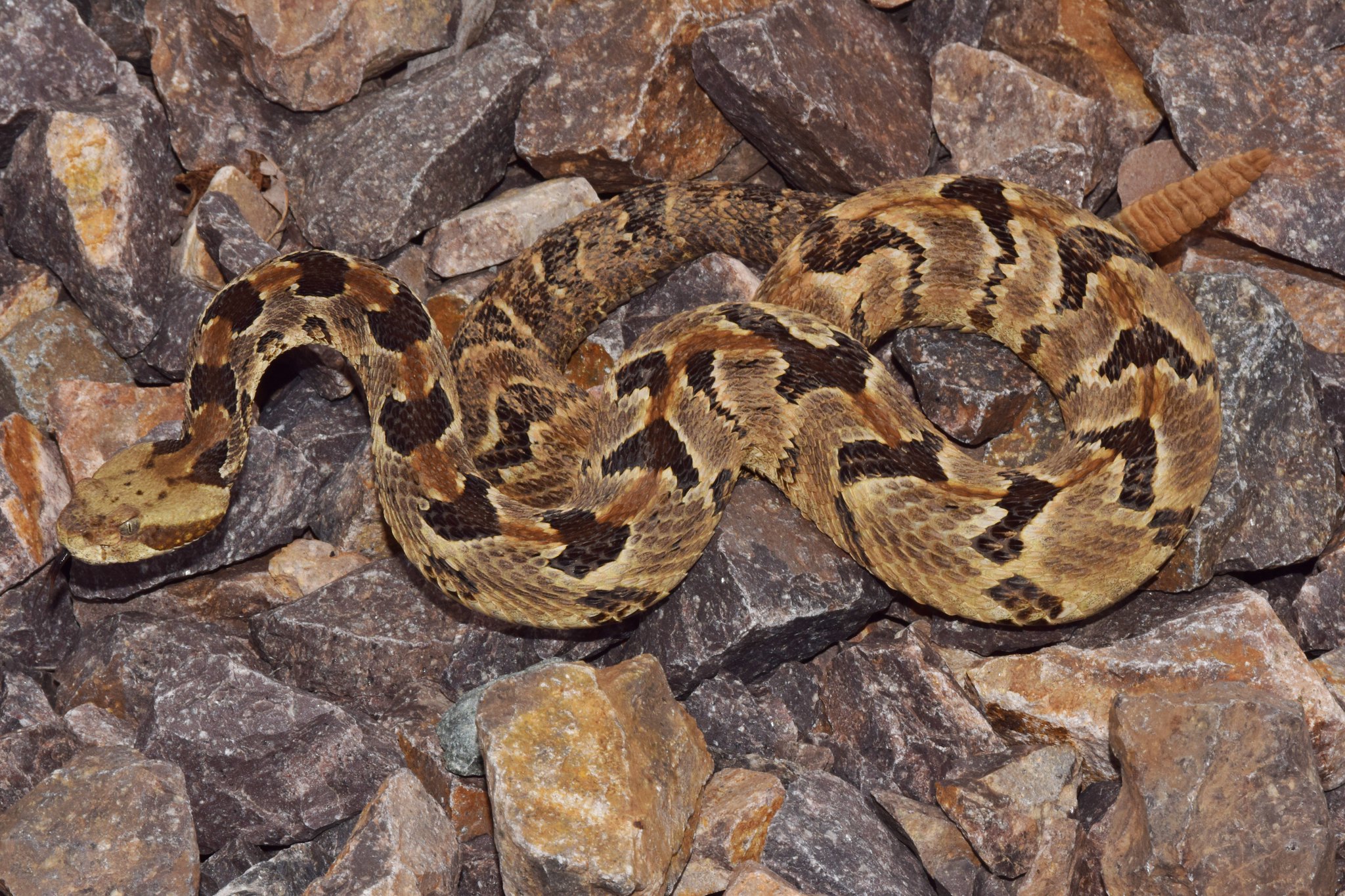
Details: Timber rattlesnakes inhabit a variety of forested habitats, including deciduous and mixed woodlands, rocky outcrops, and brushy areas. They require cover for shelter and basking sites for thermoregulation.
Importance: Habitat preferences dictate distribution, population density, and overall survival.
Ecological Implications: Conservation of suitable habitats is essential for maintaining viable populations of timber rattlesnakes and preserving biodiversity within their ecosystems.
11. Geographic Range and Distribution:
Details: Timber rattlesnakes are found primarily in the eastern United States, ranging from Texas and Oklahoma in the west, north to Minnesota, and eastward to New Hampshire and Georgia.
Importance: Understanding distribution patterns informs conservation planning and management strategies.
Ecological Implications: Geographic range influences interactions with other species, genetic connectivity, and vulnerability to habitat loss, climate change, and other threats.
12. Tracks:
Details: Timber rattlesnakes leave distinct tracks in soft substrate, characterized by a series of parallel imprints from their ventral scales. These tracks can help identify their presence in an area.
Importance: Tracking signs aid researchers and wildlife managers in monitoring population movements and habitat use.
Ecological Implications: Tracking data provide insights into resource utilization, spatial ecology, and potential corridors for habitat connectivity, informing conservation planning and land management decisions.
13. Reproduction:
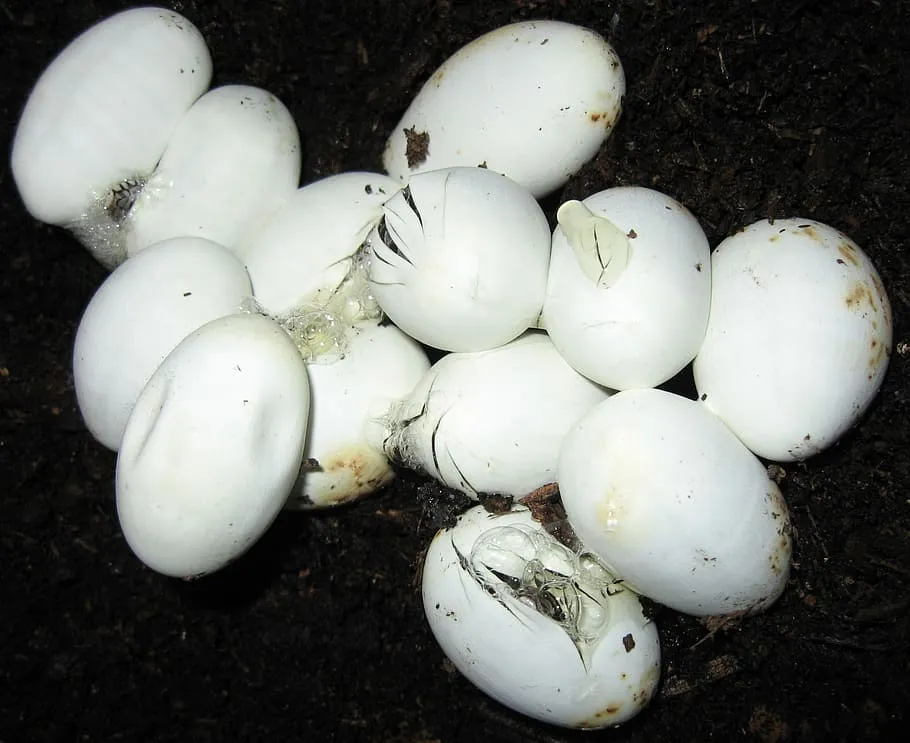
Details: Timber rattlesnakes are ovoviviparous, meaning females retain fertilized eggs internally until they hatch, giving birth to live young. Mating typically occurs in late summer, with females giving birth to 5-20 offspring every 2-4 years.
Importance: Reproductive success influences population dynamics and genetic diversity.
Ecological Implications: Understanding reproductive biology is crucial for assessing population health, recruitment rates, and resilience to environmental pressures such as habitat fragmentation and climate change.
14. Lifespan:
Details: Timber rattlesnakes have a relatively long lifespan compared to many other snake species, often living 20-30 years or more in the wild, depending on factors such as predation, habitat quality, and human disturbances.
Importance: Lifespan affects population stability, demographic structure, and evolutionary dynamics.
Ecological Implications: Longevity contributes to the stability of predator-prey relationships and ecosystem functioning, influencing community dynamics over time.
15. Major Adaptations:
Details: Timber rattlesnakes possess several adaptations for survival, including camouflaged coloration for concealment, heat-sensing pits to detect prey and predators, and venom for subduing prey and defense.
Importance: Adaptations enhance fitness and enable species to thrive in specific ecological niches.
Ecological Implications: Adaptations shape interactions with other species, influence habitat selection, and contribute to the overall resilience of populations to environmental changes.
16. Conservation Status:
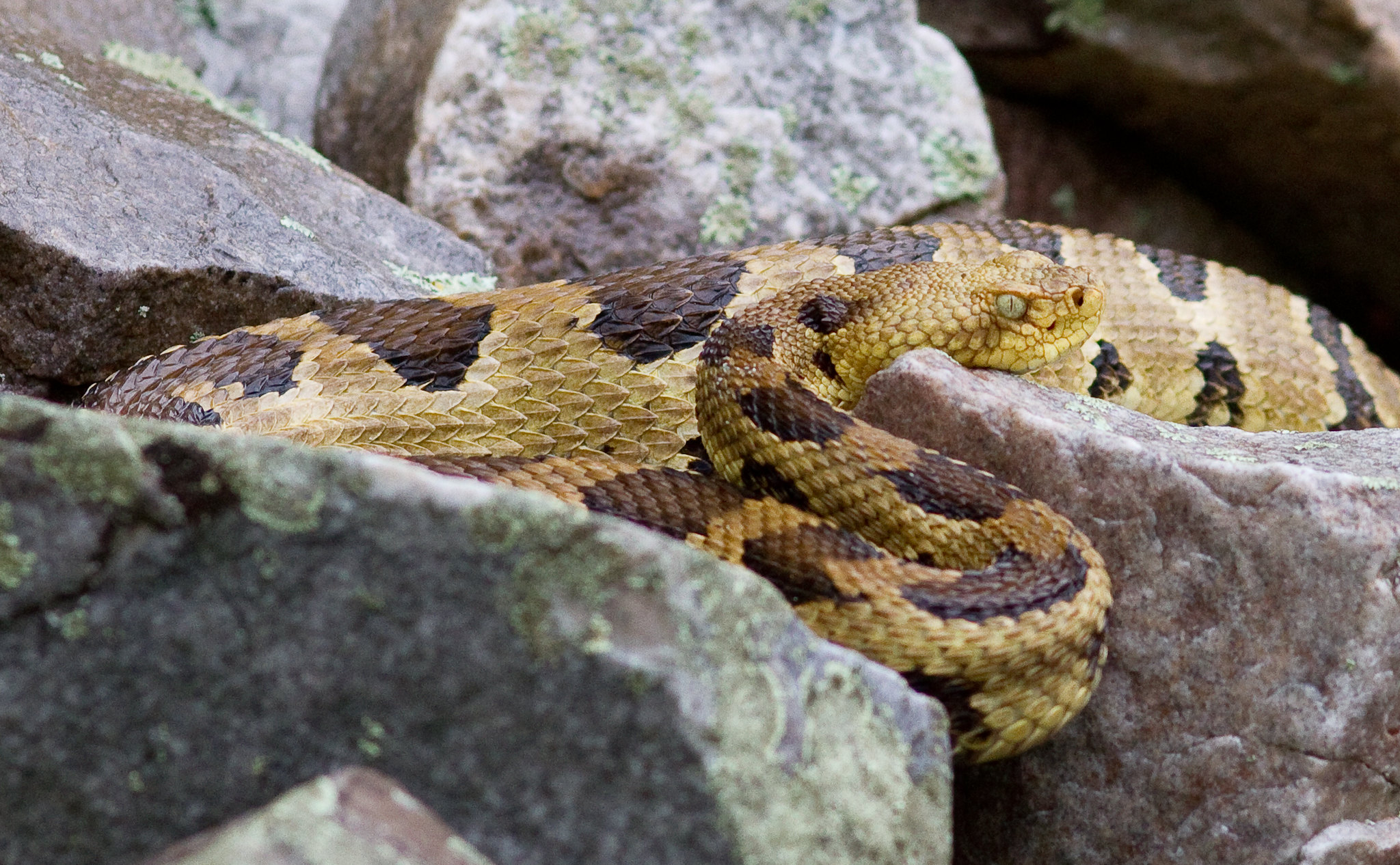
Details: Timber rattlesnakes are listed as a species of least concern (LC) on the IUCN Red List due to their wide distribution and relatively stable populations. However, localized declines have occurred due to habitat loss, persecution, and road mortality.
Importance: Conservation status informs prioritization of resources and management actions.
Ecological Implications: Conservation efforts are necessary to mitigate threats and ensure the persistence of timber rattlesnake populations, which play a vital role in maintaining ecosystem balance and biodiversity.
17. Domestication and Suitability as a Pet:
Details: Timber rattlesnakes are not suitable for domestication due to their wild nature and venomous characteristics. Keeping them as pets is illegal in many areas and poses significant risks to both humans and the snakes.
Importance: Recognizing unsuitability for domestication promotes responsible stewardship and conservation of wild populations.
Ecological Implications: Discouraging pet ownership helps prevent illegal collection from the wild, reducing pressures on wild populations and promoting ethical treatment of wildlife.
*Summary of Information On Timber Rattlesnakes
Timber rattlesnakes (Crotalus horridus) are a species of venomous snake found primarily in the eastern United States.
They exhibit several subspecies, each with unique characteristics and habitat preferences.
Adult timber rattlesnakes typically measure 3 to 5 feet in length and weigh between 1 to 5 pounds.
Their distinctive appearance, including dark bands and a rattling tail, aids in identification and plays a role in predator deterrence.
Timber rattlesnakes possess potent hemotoxic venom delivered through hollow fangs, crucial for prey capture and defense.
They primarily prey on small mammals such as mice, rats, and rabbits, contributing to ecosystem balance by controlling rodent populations.
Solitary and nocturnal by nature, timber rattlesnakes exhibit behaviors such as basking, hunting, and hibernating communally during colder months.
Vocalization in the form of rattling serves as a warning signal to potential threats, reducing conflict and promoting survival.
Habitat preferences include forested areas with suitable cover for shelter and basking sites for thermoregulation.
Timber rattlesnakes are distributed across a wide geographic range in the eastern U.S., facing threats such as habitat loss and fragmentation.
Tracking signs such as distinctive tracks aid researchers in monitoring population movements and habitat use.
Reproduction is ovoviviparous, with females giving birth to live young every 2-4 years, impacting population dynamics and genetic diversity.
With a lifespan of 20-30 years or more, timber rattlesnakes play a vital role in ecosystem functioning and community dynamics.
Major adaptations such as camouflaged coloration and heat-sensing pits enhance survival and fitness in their ecological niche.
Conservation efforts are crucial to mitigate threats and ensure the persistence of timber rattlesnake populations.
Timber rattlesnakes are not suitable for domestication or pet ownership due to their wild nature and venomous characteristics, promoting ethical treatment of wildlife.
